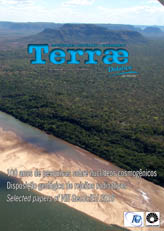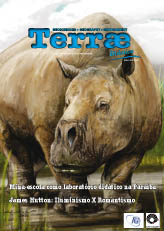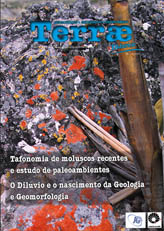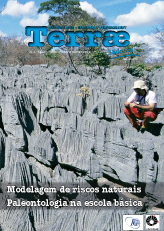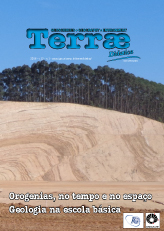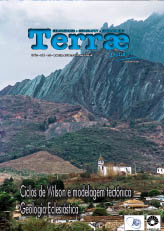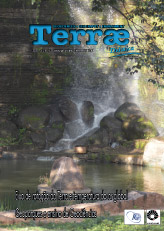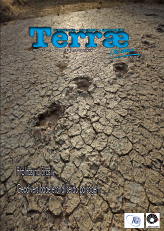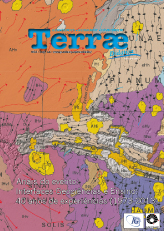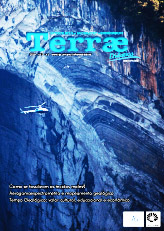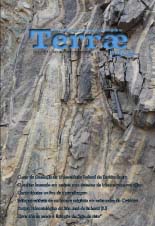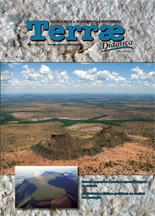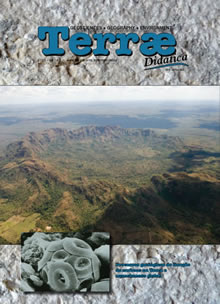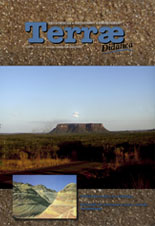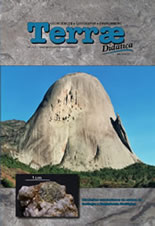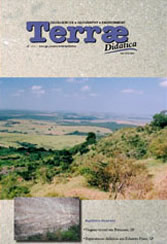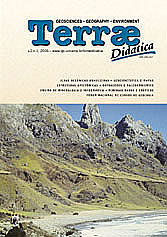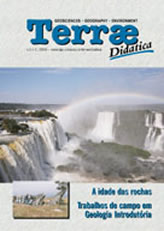Campinas-Brasil
ISSN 1980-4407

 ___________________
___________________ __
__
Volume 14, n2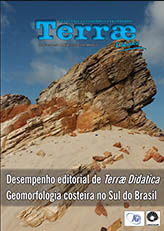
Volume 14, n1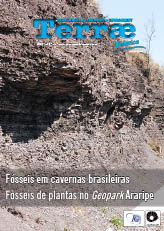
Volume 12, n3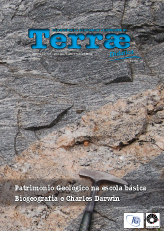
Volume 10, n2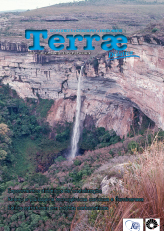
Volume 8, n2
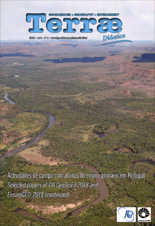
Slope vulnerability, mass wasting and hydrological hazards in Himalaya: a case study of Alaknanda Basin, Uttarakhand
Bindhy W. Pandey
Department of Geography, Delhi School of Economics, University of Delhi, Delhi-110007, India
bwpdsegeo@gmail.com
Abhay S. Prasad
Department of Geography, Delhi School of Economics, University of Delhi, Delhi-110007, India
abhaydse@hotmail.com
Abstract: Himalayan geosystem is highly vulnerable and susceptible to various kinds of Geo-hydrological vulnerability. Anthropogenic activities are continuously disturbing the natural system and its impact on the hydrological behavior of river. The important factor causing a flood and also accelerate several hydrological hazards during monsoon periods are heavy rainfall, cloud burst, GLOF, landslides, Slope failure, deforestation, drainage congestion due to urbanization. The Geospatial technique has been used to find out the relief, slope distribution and landslide hazard zonation and secondary data is taken to carry the analysis work. Primary data from each hotspot has been collected through a questionnaire survey and a Participatory Research Approach (PRA) and Livelihood options, Institutional participation in adaptation policy design and implementation, food security and Empowerment parameters like health and education (LIFE) approach. Present research highlights that most of the slope cutting and construction of roads are parallel to course of rivers, consequently slopes and roads have become highly vulnerable to landslides. Landslides vulnerability is increasing at an alarming rate due to unplanned and uncontrolled construction and other types of tourism based infrastructural development. Alaknanda river basin is an in-route gateway to millions of pilgrimages and religious as well as nature tourism movements. Hence, encroachments of the river side’s and constructions of houses have increased the risk and vulnerability. Study also examines the possible ways to improve the living standards of the local community through ecotourism, sustainable development and disaster risk reduction techniques. This paper also provides various mitigation processes for the challenges faced in the Alaknanda river basin, Uttarakhand and attempts to formulate sustainable development strategy for the development of Alaknanda river basin.
Keywords: Anthropogenic Activity, Geo-hydrological hazards, Sustainable Development, Landslides Hazard Zonation, Disaster Risk Reduction
DOI: 10.20396/td.v14i4.8654111
Copyright © 2005-2007 - Instituto de Geociências - Universidade Estadual de Campinas - UNICAMP - Brasil - Todos os direitos reservados -
Desenvolvimento: ![]()
